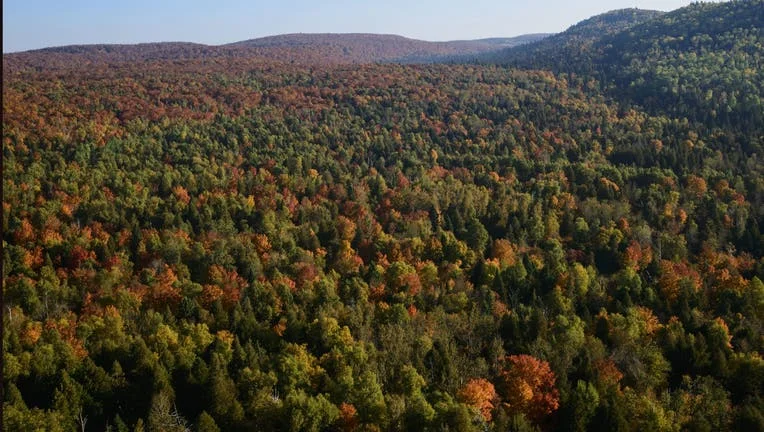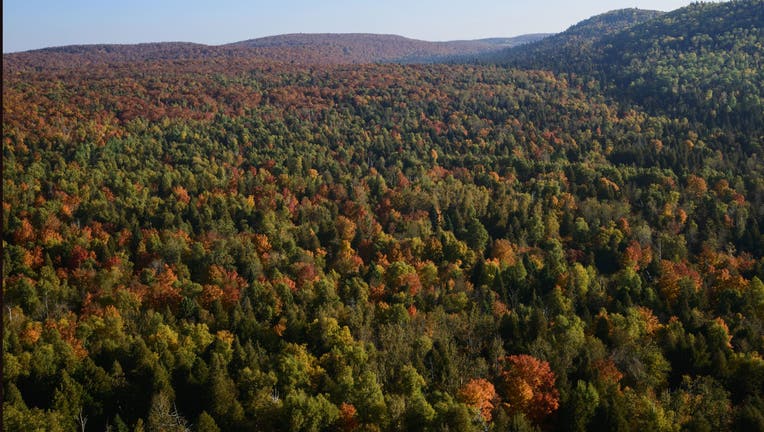
Timber Wars: Inside Trump’s Sweeping Order To Open U.S. National Forests To Logging
In a move that’s ignited fierce debate from coast to coast, President Donald Trump’s administration has issued an emergency order dramatically expanding timber production in U.S. national forests. The sweeping directive, announced in early April by Agriculture Secretary Brooke Rollins, clears the way for logging on more than half of America’s federally managed forests, including all 18 national forests in California and every major reserve in Washington state. With more than 112 million acres suddenly available to chainsaws and logging trucks, environmentalists and industry backers are bracing for an era-defining showdown over the future of public lands.
The Trump order aims to boost timber production by 25% over the next four to five years—an increase not seen since the heyday of clearcutting in the 1980s. At the heart of the plan is an emergency declaration that sidesteps longstanding environmental safeguards such as the Endangered Species Act and fast-tracks administrative reviews. The Forest Service, now operating under tight marching orders, is tasked with developing new, aggressive logging strategies for its nine regions. This includes California—which holds a fifth of the nation’s federal forests—as well as vast tracts across the Pacific Northwest, the Rocky Mountains, and beyond.

Supporters of the decision, including Secretary Rollins and timber industry groups, say it’s about jobs, economic sustainability, and reducing the wildfire risk that has devastated Western communities in recent years. Rollins described the nation’s forests as being in a state of “emergency,” with overgrown vegetation fueling ever-worsening blazes, bark beetle infestations, and drought-stressed trees. "Healthy forests require work, and right now, we’re facing a national forest emergency," Rollins said. The administration maintains that increased logging will not only provide domestic timber and curb reliance on imports, but also foster more resilient forests through “productive” management.
But conservationists and legal advocates are alarmed. Groups such as Earthjustice, the Center for Biological Diversity, and Los Padres ForestWatch have decried the directive as a dangerous rollback of decades of hard-won environmental protections. “This is a thinly veiled attempt to ramp up logging on our national forests, bypass environmental laws, and line the pockets of the timber industry,” wrote Jeff Kuyper of Los Padres ForestWatch. Randi Spivak of the Center for Biological Diversity was even more blunt: “Unleashing the bulldozers and chainsaws on these beautiful public lands will result in clearcuts, polluted streams and extinct species. We will use every legal tool at our disposal to halt the Trump administration’s implementation of this order.”
The stakes are enormous. The emergency designation applies to nearly 176,000 square miles of forest—an area larger than the entire state of California—opening up the Olympic, Okanogan-Wenatchee, and countless other iconic landscapes to potential harvest. The order also eliminates the “objection process” that once allowed local governments, tribes, and outside groups to challenge logging projects before they break ground. Critics worry this will strip away crucial public input and fast-track controversial cuts.
Even among forest experts, the debate is nuanced. While many agree that America’s wildlands are under siege from fire, drought, and invasive pests, there is sharp disagreement over whether large-scale logging is the answer. Clearing brush can reduce fire risk, but many ecologists argue that thinning old-growth stands actually makes landscapes more flammable and fragments wildlife habitat. The Trump administration’s approach, some say, echoes past “woodchipper” policies that valued timber over ecosystem resilience.
As legal challenges mount and the first chainsaws rev up, the nation finds itself at a crossroads. Will fast-tracked timber help save struggling rural economies and prevent catastrophic wildfires, or will it mark a turning point toward wholesale exploitation of America’s public lands?
How do you think the nation should balance forest health, wildfire risk, economic growth, and environmental stewardship? Share your thoughts in the comments below.